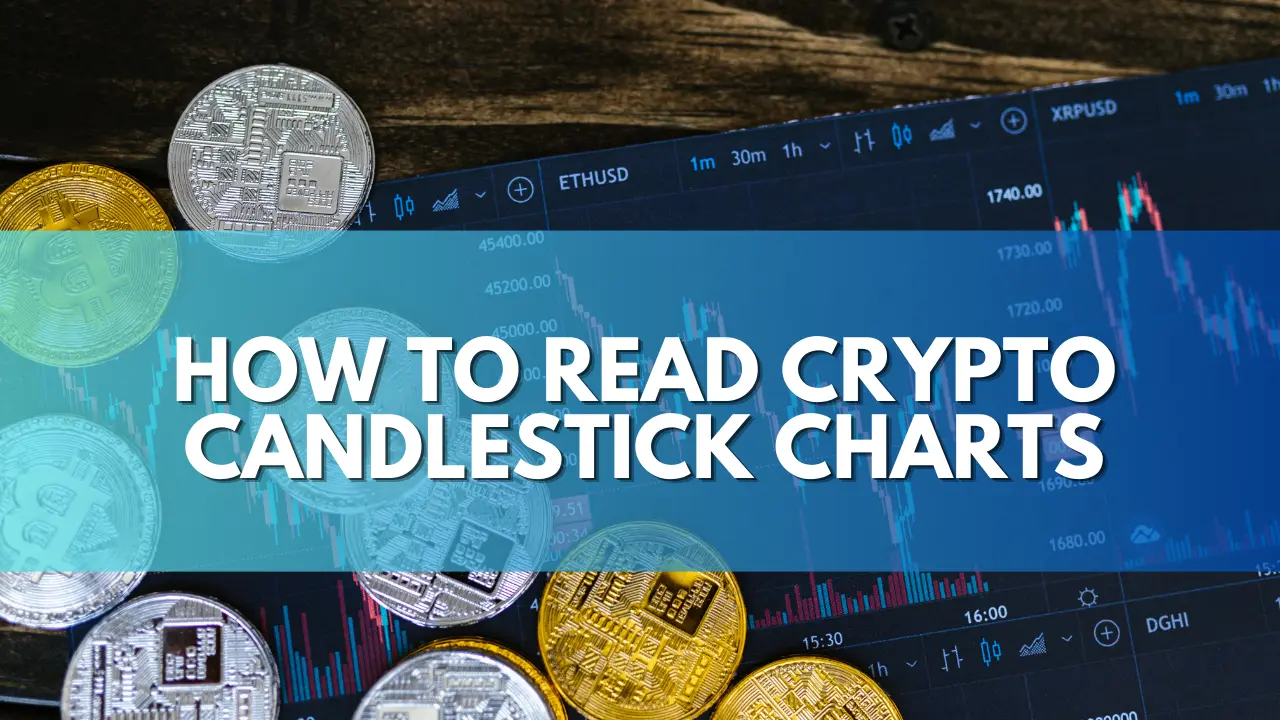Understanding the intricacies of crypto candlestick charts is a vital skill for anyone involved in the world of cryptocurrencies. These charts provide valuable insights into price movements and trends, enabling traders and investors to make informed decisions.
In this comprehensive guide, we will delve into the art of deciphering crypto candlestick charts, equipping you with the knowledge needed to navigate the volatile cryptocurrency markets successfully.
What are Candlestick Charts and How Do They Work?
The Basics of Crypto Candlestick Charts:
- Candlestick charts represent price data using a combination of rectangles (bodies) and lines (wicks).
- Components of a Candlestick: Each candlestick consists of an open, close, high, and low price, visually depicted on the chart.
- Bullish and Bearish Candlesticks: Bullish candlesticks signal price appreciation, while bearish candlesticks indicate price depreciation.
- Timeframes and Chart Intervals: Candlestick charts can be viewed across various timeframes, such as minutes, hours, days, or weeks.
Analyzing Candlestick Patterns:
Single Candlestick Patterns:
a. Doji Candlestick: Indicates market indecision, often seen as a potential trend reversal signal.
b. Hammer and Hanging Man: Signal potential trend reversals, depending on their positioning.
c. Shooting Star and Inverted Hammer: Suggest potential reversals, but confirmation is crucial.
Multiple Candlestick Patterns:
a. Engulfing Patterns: Bullish engulfing and bearish engulfing patterns signal trend reversals.
b. Morning Star and Evening Star: Three-candle patterns indicating potential trend reversals.
c. Three Black Crows and Three White Soldiers: Three consecutive candles indicating trend continuation.
III. Technical Indicators for Candlestick Analysis:
- Moving Averages: Moving averages smooth out price fluctuations, providing a clearer view of the overall trend.
- Relative Strength Index (RSI): RSI measures the speed and change of price movements, indicating overbought or oversold conditions.
- Moving Average Convergence Divergence (MACD): MACD combines multiple moving averages to identify potential trend reversals and market momentum.
- Bollinger Bands: Bollinger Bands gauge market volatility and potential price breakouts or reversals.
Developing a Trading Strategy Using Candlestick Charts:
- Identify the Trend: Determine the prevailing trend using candlestick patterns, indicators, and moving averages.
- Entry and Exit Points: Use candlestick patterns, support, and resistance levels, and other technical indicators to identify optimal entry and exit points.
- Risk Management: Implement appropriate risk management techniques, such as setting stop-loss orders and profit targets.
- Continual Learning and Adaptation: Stay updated with market trends, refine your strategy, and adapt to changing market conditions.
Conclusion:
Mastering the art of reading crypto candlestick charts is an invaluable skill for anyone venturing into the world of cryptocurrencies. By understanding the various candlestick patterns, and technical indicators, and developing a robust trading strategy, you can significantly improve your chances of making informed trading decisions. Remember, practice and experience are key to becoming proficient in analyzing and interpreting these charts. So, embark on your journey, armed with the knowledge gained from this guide, and unlock the potential within the crypto market.




